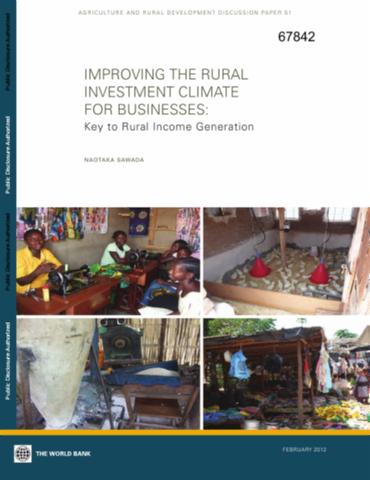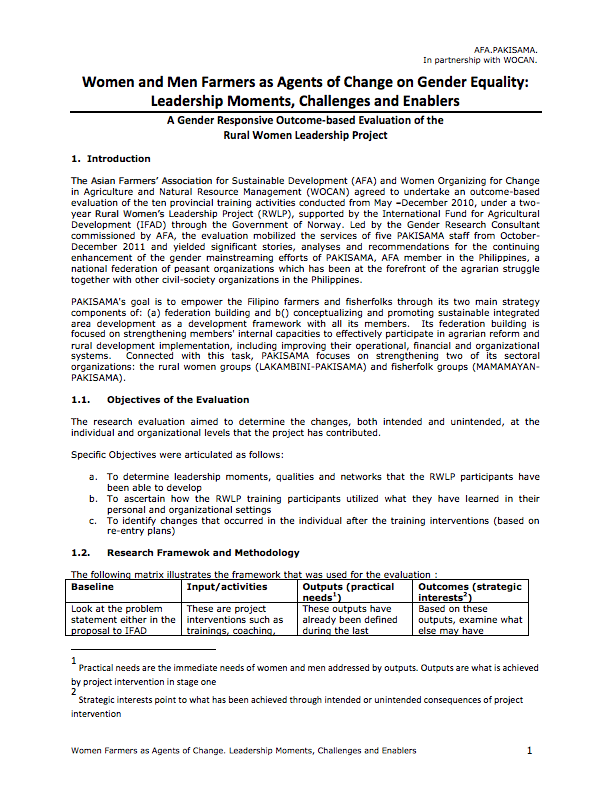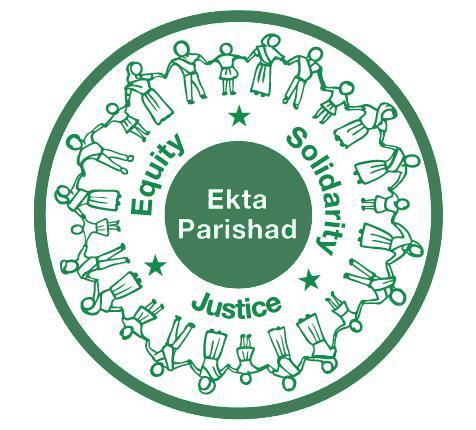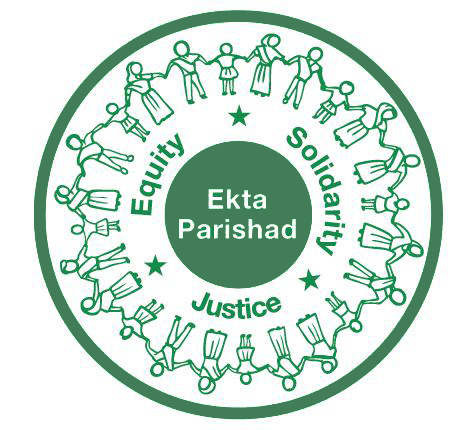Mind the Gap? A Rural-Urban Comparison of Manufacturing Firms
This paper compares and contrasts the
performance of rural and urban manufacturing firms in
Ethiopia to assess the impact of market integration and the
investment climate on firm performance. Rural firms are
shown to operate in isolated markets, have poor access to
infrastructure and a substantial degree of market power,
whereas urban firms operate in better integrated and more
competitive markets, where they have much better access to









